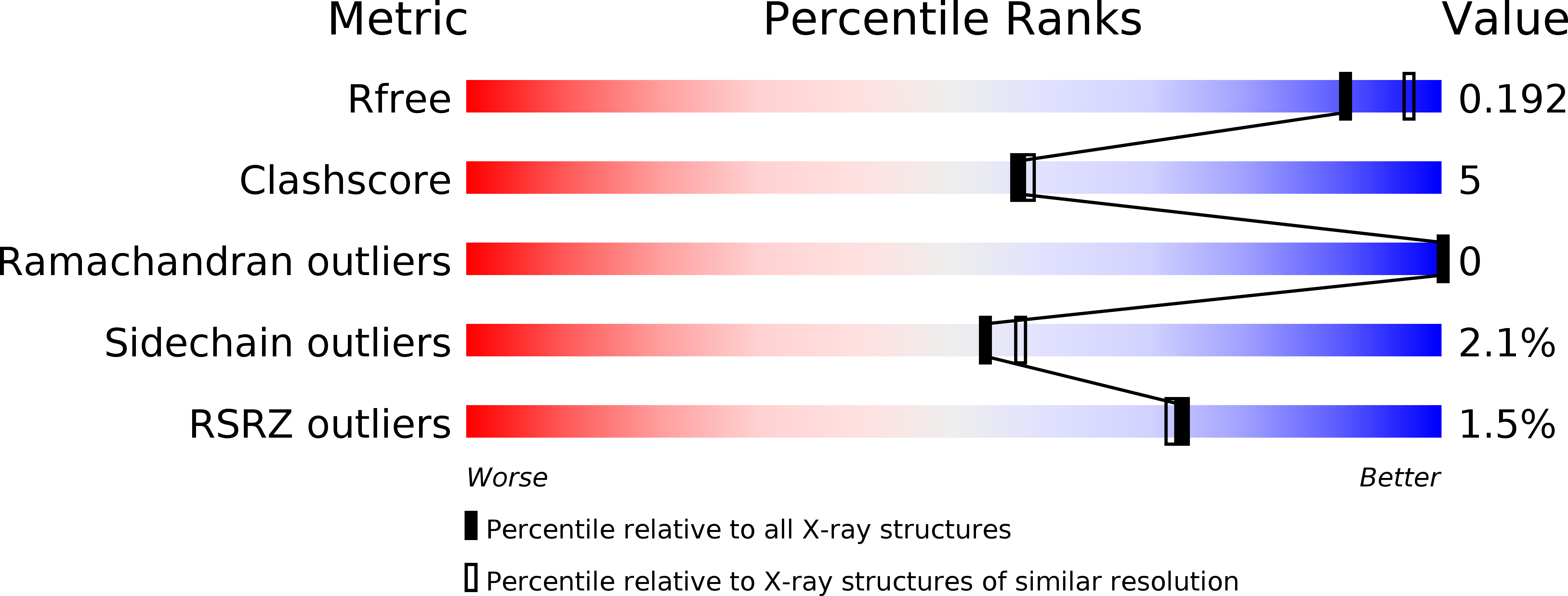
Deposition Date
2012-06-28
Release Date
2012-07-25
Last Version Date
2024-04-03
Entry Detail
PDB ID:
4FUT
Keywords:
Title:
Crystal structure of ATP bound MatB from Rhodopseudomonas palustris
Biological Source:
Source Organism:
Rhodopseudomonas palustris (Taxon ID: 258594)
Host Organism:
Method Details:
Experimental Method:
Resolution:
2.00 Å
R-Value Free:
0.19
R-Value Work:
0.15
R-Value Observed:
0.15
Space Group:
P 61


